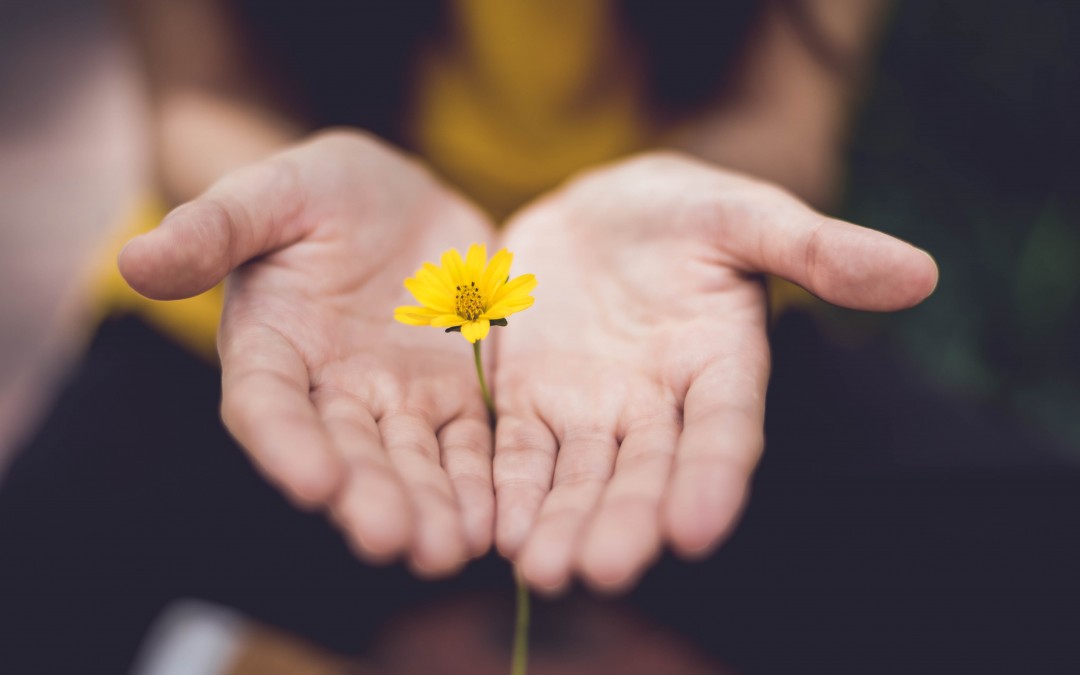In my home state of Minnesota, November brings a day called Give to the Max which attempts, with success, to encourage and organize citizens to support good causes with their dollars. It is a vast system, with thousands of non-profits and schools on the recipient lists and millions of dollars distributed. We do our part.
That said, this is an essay trying (from the French word ‘essayer’, to try) to think about a different kind of giving. Let’s think.
Stipulated: the landscape of need is vast and we are small figures in it. Our vision only sees so far. Given that we try to do good in the world, how can we possibly choose the best way to help? How can we avoid being completely overwhelmed, thereby being tempted not to act at all?
Give to the Max Day – and all the big systems, I do not doubt – have their value. But what if we supplement our thinking, and help ourselves think by looking over the landscape using trusted guides? Can we follow the lead of people we trust, look at their passions, support interests we have in common with them?
What are my people giving to? What can I learn from how they give?
I have a friend who works as cook on a schooner which, among other programs, takes young urban women as crew to live in close quarters, work hard, and learn the teamwork necessary to sail. I toured the ship as a guest this year. The Inland Seas Education Association website names their mission: “to inspire a lifetime of Great Lakes curiosity, stewardship, and passion in people of all ages… we are convinced that the scientists and citizens who will solve the Great Lakes’ problems of the future will sail aboard Inland Seas’ ships today.” What my friend the cook says, grinning: “You wouldn’t believe how much they grow while they’re with us. Also I make a lot of snacks.” So, reviewing, good for young people in the present moment, and also for their future and also good for the mighty Great Lakes? I’m thinking yes. That’s a good bucket to hold my dollars and extend my reach. www.schoolship.org.
I have another friend who supports a secondary school for girls in Tanzania, a country she has fallen in love with. She visited the village of Bassodawish in 2010. On her return, she said to her husband that it had been life-changing, and he, wise fellow, responded by asking how she was going to change her life. “Having had two girls, I know how much difference it makes to educate girls. I just wanted to change the world and make it better. We’ve become very close to the people in this part of Africa. They have high aspirations but limited resources. You can help!” Well, yes, I believe I can. Excellent bucket. www.bootstrapafrica.org and select Bassodawish schools.
And a neighbor who collects donated fabric and sews washable menstrual kits for a project called Days for Girls. “Menstrual health and hygiene are critical factors in improving education opportunities and livelihood outcomes for menstruators worldwide,” they say. Sometimes, I learn, girls miss five days of school every month with their periods. That’s a lot of school, on any continent. I had never particularly thought about that, but I am now. My friend lays out fabrics and a good pair of scissors, and cuts and stitches in a hallway in our building. Sometimes I sit with her; we smile at passersby. “It’s a practical way for me to help girls I’ll never meet”, she says. Can they use my dollars? I’ll bet so. www.daysforgirls.org.
I do not mean to imply that my friends are particularly virtuous. They are not, and neither are yours. But virtuous or not, their lives extend into places mine does not. This is the nature of connection, the nature of the network. Attention to that network is the nature of friendship.
The world is big, full of need and worthiness. What to do? It can be paralyzing. Our friends – people we already trust and respect – can help us sort it into pieces we can perceive, lifting our hands with theirs, toward those of a stranger in need.
Whose hand are you holding as we all move forward? Whose hand are you reaching for? Who is the recipient of the bucket you, and your friends and neighbors, are working to fill?
Who are you following? Who is following you?
Photo by Lina Trochez | Unsplash






































